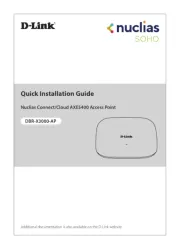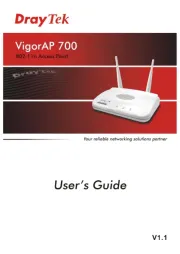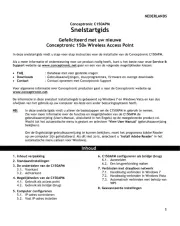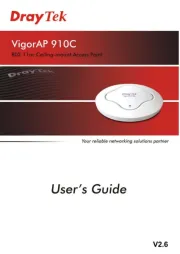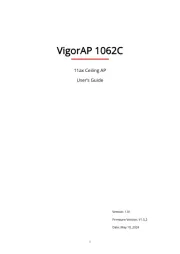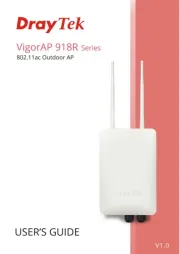Mikrotik LDF 5 AC Manual
Læs gratis den danske manual til Mikrotik LDF 5 AC (3 sider) i kategorien Adgangspunkt. Denne vejledning er vurderet som hjælpsom af 62 personer og har en gennemsnitlig bedømmelse på 4.8 stjerner ud af 31.5 anmeldelser.
Har du et spørgsmål om Mikrotik LDF 5 AC, eller vil du spørge andre brugere om produktet?

Produkt Specifikationer
| Mærke: | Mikrotik |
| Kategori: | Adgangspunkt |
| Model: | LDF 5 AC |
| Vekselstrømsindgangsspænding: | 10 - 28 V |
| Bredde: | 84 mm |
| Dybde: | 84 mm |
| Højde: | 115 mm |
| Produktfarve: | Hvid |
| Ethernet LAN-porte (RJ-45): | 1 |
| Driftstemperatur (T-T): | -40 - 70 °C |
| Ethernet LAN-datahastigheder: | 10,100,1000 Mbit/s |
| Intern hukommelse: | 256 MB |
| Operativsystem installeret: | RouterOS |
| Strømforbrug (maks.): | 8 W |
| Netværksstandarder: | IEEE 802.11a,IEEE 802.11ac,IEEE 802.11n |
| LED-indikatorer: | Ja |
| AC-adapter inkluderet: | Ja |
| Intern: | Ingen |
| Maksimal dataoverførselshastighed: | 1000 Mbit/s |
| Wi-Fi-datahastighed (maks.): | 54 Mbit/s |
| Flashhukommelse: | 16 MB |
| Strøm over Ethernet (PoE): | Ja |
| 2.4 GHz: | Ingen |
| 5 GHz: | Ja |
| Niveau for antennestyrke (maks.): | 9 dBi |
Har du brug for hjælp?
Hvis du har brug for hjælp til Mikrotik LDF 5 AC stil et spørgsmål nedenfor, og andre brugere vil svare dig
Adgangspunkt Mikrotik Manualer
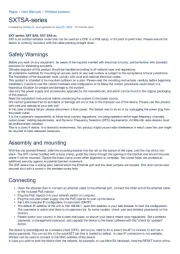
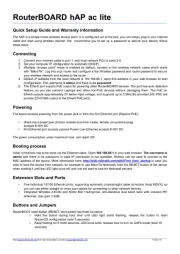
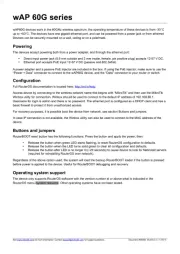



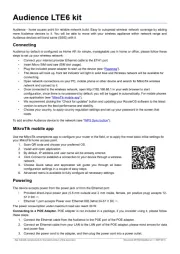



Adgangspunkt Manualer
- Bosch
- Ruckus Wireless
- Insteon
- Huawei
- AirTies
- Mojo
- Homematic IP
- Hercules
- Grandstream
- WatchGuard
- NUVO
- LigoWave
- Asus
- Netis
- Luxul
Nyeste Adgangspunkt Manualer

